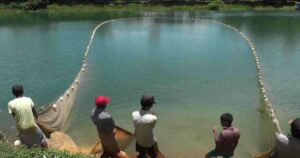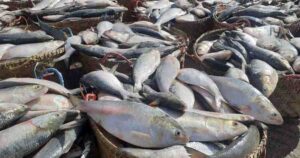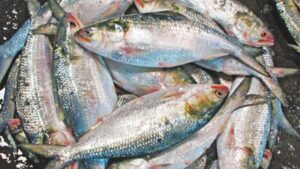SYDNEY, DECEMBER 04, 2019- XINHUA/UNB- A school of newborn Red handfish have given Australian scientists hope of saving what they consider to be the world’s rarest fish, with less than 100 adults currently surviving in pockets around the remote island state of Tasmania.On Wednesday, scientists revealed the birth of 50 babies at an aquarium operated by Tasmania’s Institute for Marine and Antarctic Studies (IMAS).
While it is disputed whether the Red handfish is the rarest species — because even small fluctuations in populations can affect the title — they are certainly one of the smallest known populations of fish species in the world.
IMAS researcher Jemina Stuart-Smith explained that keeping the youngsters in the protected environment of an aquarium away from predators will give them the best chance of survival before being released to boost wild populations.
“These juvenile Red handfish will play a vital role in ensuring the species continues to survive in the wild,” Stuart-Smith said.
“We plan to release them back into their remaining habitat when they are around one-year old, to help rebuild the population at one of the two known sites that has been compromised by range of impacts – including habitat loss.”
The researchers collected two egg masses from the wild which became just the second egg mass ever to be successfully hatched in captivity.
“The fish at IMAS were just 3-4mm long when they hatched and would be almost impossible to find and study in the wild, where they shelter under seaweed on shallow reefs,” IMAS PhD student Tyson Bessell said.
Not much is known about the biology of the peculiar looking handfish, which is so named for the four fins on which it “walks” across the ocean floor.
Habitat loss and changing sea conditions have been blamed for their critically endangered status.




